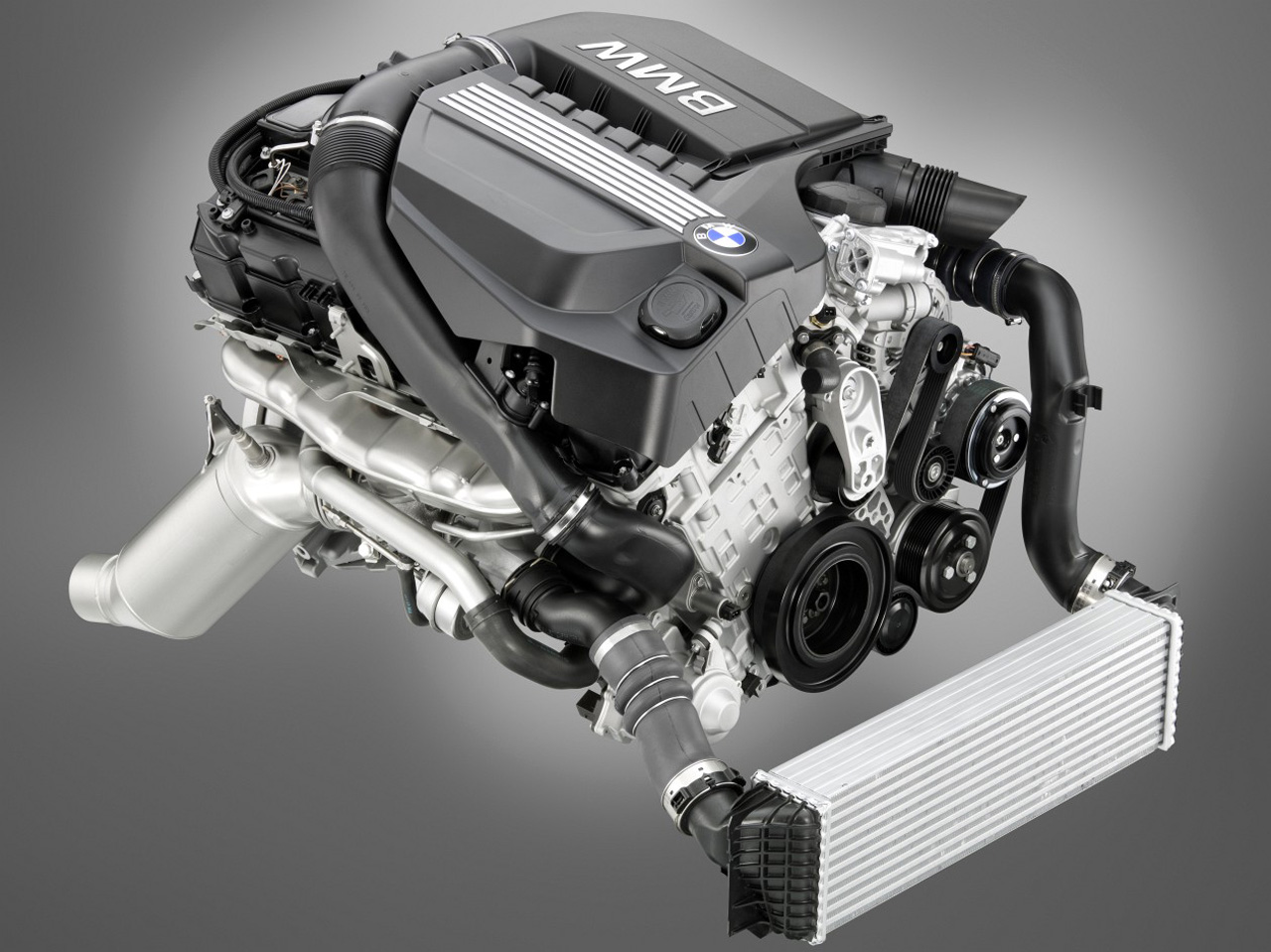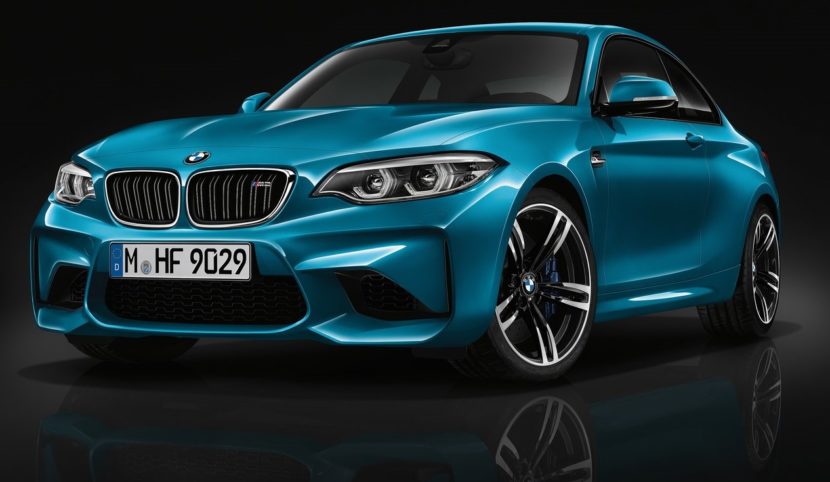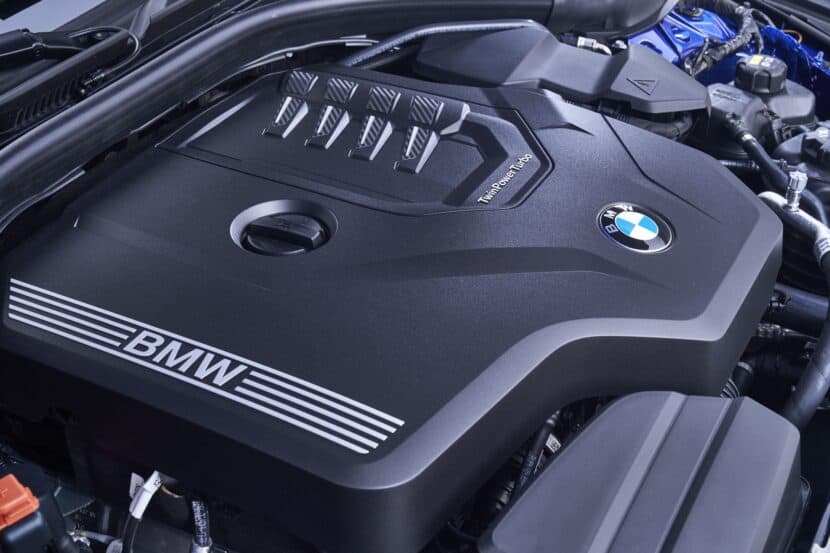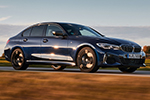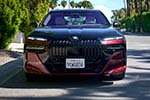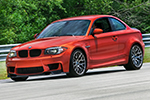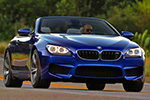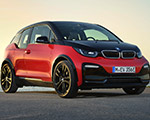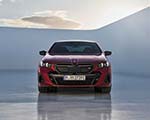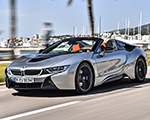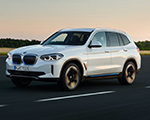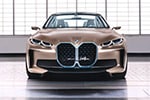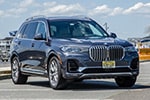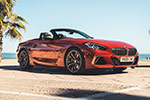The N55 engine debuted in the late 2000s. It was an evolution of the N54 twin-turbo inline-six, which would largely be replaced over the span of the 2010s. During that time period, it found its way under the hood of almost every BMW model in the lineup, from the little 1 Series to the 7 Series and even the X5 and X6. Of course, it would later itself be phased out in favor of the B58 engine. The N55 benefitted from generally enhanced reliability compared to its predecessor. Today, however, both engines find themselves chasing the B58 in terms of power and durability. But that’s not to say there weren’t plenty of awesome N55-powered cars. Here’s five of our favorites.
ALPINA B3
While we never saw the ALPINA B3 in the U.S. — and therefore, I’ve never gotten to drive one — it definitely deserves a mention when discussing the top N55-powered BMWs. Perhaps if for no other reason than it’s the sole Touring model on the list. Of course, ALPINA also offered a sedan, and both models were essentially churched up versions of BMW’s F30 3 Series with even more power. The B3 also touts something no other car on this list does: true twin turbo power. That’s right; ALPINA fitted two smaller turbos in lieu of BMW’s single turbo setup. Bigger and badder fueling and cooling hardware accompanied the new turbo setup. As a result, this is actually the highest-performing car on the list; zero to 60 mph occurs in as little as 4.2 seconds and top speed is 190 mph (307 km/h). The car’s re-tooled N55 makes a whopping 404 horsepower (302 kW); later B3 S models made even more, rated for 435 horsepower (324 kW). Those figures are for the sedan model, but the Touring loses only fractions in both arenas — and gains unique sheet metal and some practicality.
X1 xDrive35i
The closest the United States ever got to an N55-powered wagon is the intriguing X1 xDrive35i. While obviously not a wagon, our introduction to BMW’s smallest SUV with the E84 chassis included the N55-powered X1 xDrive35i. Only available for three models years and exclusively offered with an automatic transmission, the hottest X1 ripped off 5.6-second zero-to-60 times, nearly a full second quicker than any other X1 model. With 300 horses and 300 pound-feet of torque, the X1 xDrive35 was nearly peerless in its segment. The car holds up well even a decade later; the old-school hydraulic steering makes it engaging in the twisties, too. Even better: after a decade, you might spend less than $12,000 finding a decent X1 xDrive35i. But dead set on the best N55-powered SUV? There may be one better option.
X4 M40i
The F26 generation X4 M40i is a bit underappreciated these days. Which is sad: it was the first of the M40i-badged SUVs. A quick look at the specs reveal 355 horsepower and 343 pound-feet of torque, as well as an N55 power plant shared with the BMW M2. xDrive all-wheel drive and an eight-speed automatic (a ZF! BMW’s been using this thing forever…) mean instant and uninterrupted power delivery. Zero to 60 mph occurs in 4.4 seconds and Car and Driver coaxed a 13.1-second quarter mile time with the car achieving 105 mph. At the time, that was about on par with Porsche’s Macan GTS.
So, while we think the F26 X4 M40i is good enough to make the top three, why does it go so often overlooked? The answer, at least partially, comes down to the act that followed the N55: the B58 engine. The G02 X4 M40i added power, a more cohesive design, and arguably a better interior and technology. Then there’s the S58-powered X4 M, which cranked power up to 503 horsepower and got all the “credibility” that comes with a factory-installed “X4 M” badge — sans 40i modifier. Despite it all, the most powerful X4 M only shaved around half a second off the original N55-powered car’s zero to 60 mph time. Proof as much as anything that the F26 X4 M40i remains underrated to this day.
135is

I’ve already droned on at length about how much I love the “is” models, particularly when it comes to the rambunctious, N54-powered E92 BMW 335is. While the 135is sadly did not share the car’s engine, that’s no cause for alarm. The 135is is still a wonderful car. Lower production numbers than even the vaunted 1M, an available stick-shit, and increased output relative to the normal 135i make it so very special in its own way. Which is, overall, extremely appropriate for the car’s polarizing (in-period, anyway) design and overall packaging.
In all actuality, performance differences between a 135is and N54-powered 135i are slim, only hedging on noticeable when really pushing the car. Of course, the available DCT automatic definitely changes the character of the car if you compare auto-to-auto. But for best results, we’ll always recommend the six-speed manual. The 135is got plenty of special touches that put it apart from other 1ers. But really, the 135is makes this largely based on the virtue of just how good the standard 135i is. Heavy hydraulic steering, a small enough footprint, and light enough curb weight make it one of the best BMWs of all time.
BMW M2
Having spent tons of time behind the wheel of the F87 M2, it was extremely tough to determine whether or not the N55-powered M2 was, in fact, a “better” number one pick than the 135is. The M2 benefits from more power (365 horsepower) and a limited-slip differential. Meanwhile, the 135is makes a case for itself by being ever slightly lighter and, more importantly, touting hydraulic steering. While the 135is does boast superior steering, I think the M2 is in all other areas the better car. Therefore, I feel comfortable putting it at the number one spot.
Like the X4 M40i, the original N55-powered M2 suffers from arguably better versions of itself existing. The F87 later switched to the S55 engine for the M2 Competition model, and the newest M2 gets the ostensibly better and obviously more powerful S58 engine. The original M2, however, remains a favorite among those who either don’t want to spend the extra money on those cars or prefer the N55-powered car’s slightly lower curb weight. Regardless, the N55 M2 was so good when it came out, fitting like a glove relative to the M4 and M3, which had steadily increased in size. The car remains great today, too. Even in 2025, the original M2 offers stuff you simply can’t find elsewhere. Good aesthetics, all the technology you’d really ever need, and a price tag that’s shrunk by tens of thousands thanks to depreciation.
Oh, and like all of the cars we listed here, a delightful N55 engine under the hood.


